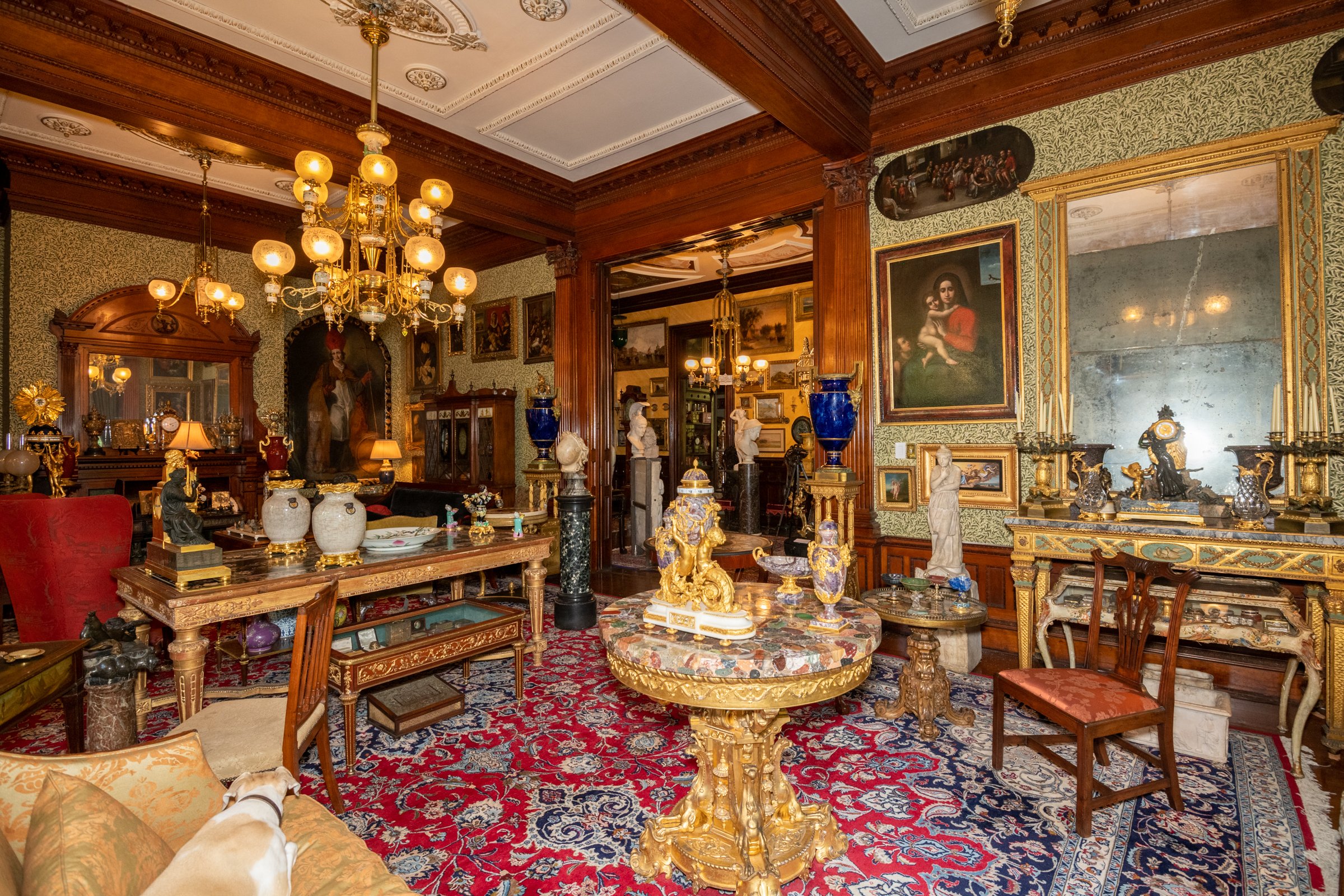The Grand Tour
The Grand Tour is just as its name implies: a grand excursion to explore the world’s most significant art, architecture and culture.
The tradition of The Grand Tour originated in the 17th and 18th centuries, primarily among wealthy young European men, especially from Britain and other countries of that region.
The tour most often involved an extended trip to continental Europe, especially to the major cultural cities of Paris, Florence, Rome, Venice, Prague and other prominent cities of that time. The Grand Tour typically lasted several months to a few years, especially if the tour included Asia, and was seen as an educational rite of passage for young aristocrats and wealthy elites.
While Italy and other parts of Europe were the primary focus of the Grand Tour, some adventurous and well-heeled travelers would venture to Asia. These travelers, known as “Orientalists,” were drawn to the exoticism and cultural richness of the Middle East, India and other parts of Asia on their journeys.
For Americans, the Grand Tour was an opportunity for cultural enlightenment and to expand their educations beyond the classroom. Young Americans (mostly men) from wealthy families experienced the rich history, art, architecture, and culture of Europe's finest cities. They explored famous museums, masterpieces of art and architecture, and ancient ruins, which greatly influenced their understanding and appreciation of the classical world and European civilization. They visited renowned museums, galleries, and private collections, experiencing firsthand the works of famous artists such as Michelangelo, Leonardo da Vinci, Raphael, and others.
Many who took the Grand Tour also explored formal education, especially in the fields of art, literature, music, and architecture. They attended prestigious European universities and academies, forging connections with prominent intellectuals, artists, and scholars. They brought these connections back to America, where they became instrumental to furthering their professional pursuits and enhancing their lives.
Having “the Grand Tour” on one’s resume was a symbol of wealth, sophistication, and social status. Those who completed the Grand Tour were considered well-rounded and culturally enlightened, and their status and social standing at home was often elevated.
In addition, those who took the Grand Tour in the 18th century were exposed to enlightenment ideas that influenced the shaping of the American Revolution. They encountered new philosophies, political systems, and debates on governance, which contributed to the intellectual ferment that eventually led to the formation of the United States of America.
Many of the architectural and artistic styles admired during the Grand Tour found their way back to America and are now visible in the design of buildings, gardens, and public spaces here. This influence is seen throughout the United States, particularly in the neoclassical architectural style that became popular in the early years.
The Grand Tour also fostered business relationships and trade connections between Americans and European merchants and manufacturers. It helped facilitate economic ties and promoted the exchange of goods and ideas between the continents.
During their travels, many Americans purchased art and antiquities as souvenirs or for investment purposes. These acquisitions served as a way to demonstrate their sophistication and cultural refinement, and they returned to build and decorate their homes to reflect their sophistication, knowledge and appreciation of European culture, fine art and architecture.
Moreover, some of these travelers became art patrons, supporting American artists and commissioning works upon their return, therefore helping to establish and promote new artists in their home country.
Observing the grand European lifestyle had a profound influence on American taste and aesthetics. It introduced European neoclassical ideals, which became popular in American art and architecture during the Federal period. This infusion of European ideas contributed to shaping an American cultural identity that was deeply connected to its European roots.
Many of the art pieces acquired during the Grand Tour found their way into private collections and public museums in the United States. As wealthy travelers returned with their treasures, they contributed to the development of art collections within the country. Some of these collections laid the foundation for the establishment of prominent American museums.
Over time, as travel became more accessible and educational institutions developed in the United States, the tradition of the Grand Tour diminished. However, its impact on the intellectual, cultural, and social development of early Americans cannot be understated, as it played a significant role in shaping the country's early elite, their cultural outlook and the foundation of the United States of America.
